IS034 - Immersed Boundary Methods: Theory, Implementation, and Applications
Keywords: Cut finite element method, fictious domain method, Finite cell method, Immersed boundary method, unfitted finite element method
Immersed Boundary Methods (IBM) have attracted a substantial increase in attention over the past ten to fifteen years. Their central principle is to extend a computational domain to a larger one, typically with a simple shape that is easy to mesh. A finite element computation is performed on this extended domain, distinguishing interior and exterior regions from the original domain. Under the denotation ‘fictitious domain’ or ‘embedded domain methods’, the central principle has been followed since the 1960s. The recent new interest results from innovative and efficient algorithmic developments, mathematical analysis showing optimal convergence despite cut elements, the possibility to efficiently link these methods to various geometric models, and many new engineering applications. Many variants of Immersed Boundary Methods have been developed, like CutFEM, the Finite Cell Method, Unfitted Finite Elements, the Shifted Boundary Method, and Trimmed Isogeometric Analysis, to name a few.
In this Minisympoisum, we will focus on recent developments in Immersed Boundary Methods in a broad sense. Particular topics of interest include new algorithmic and theoretical developments, implementation aspects such as solvers, efficient treatment of different geometric models, open-source software, and applications focusing mainly on challenging coupled problems.

